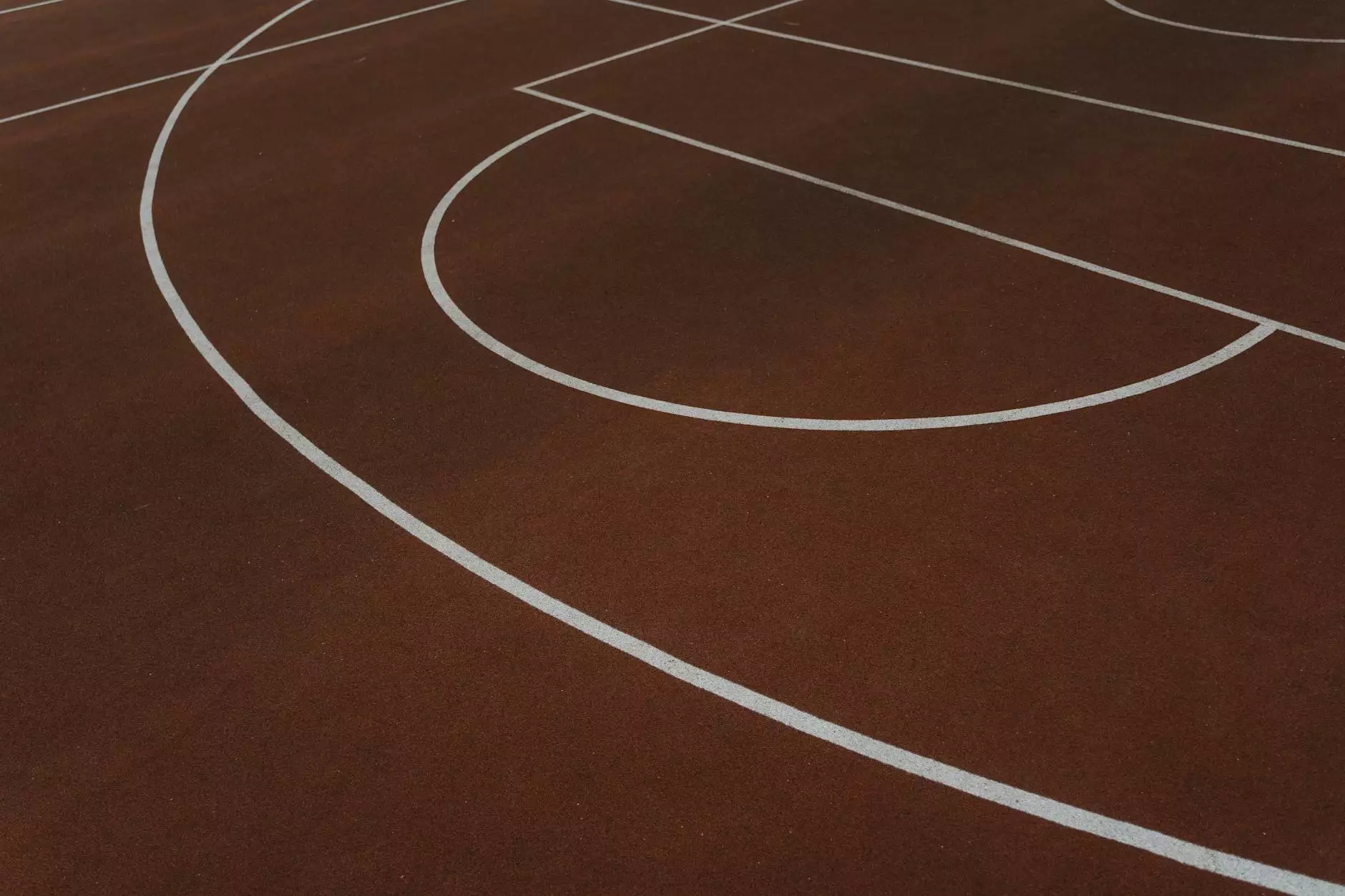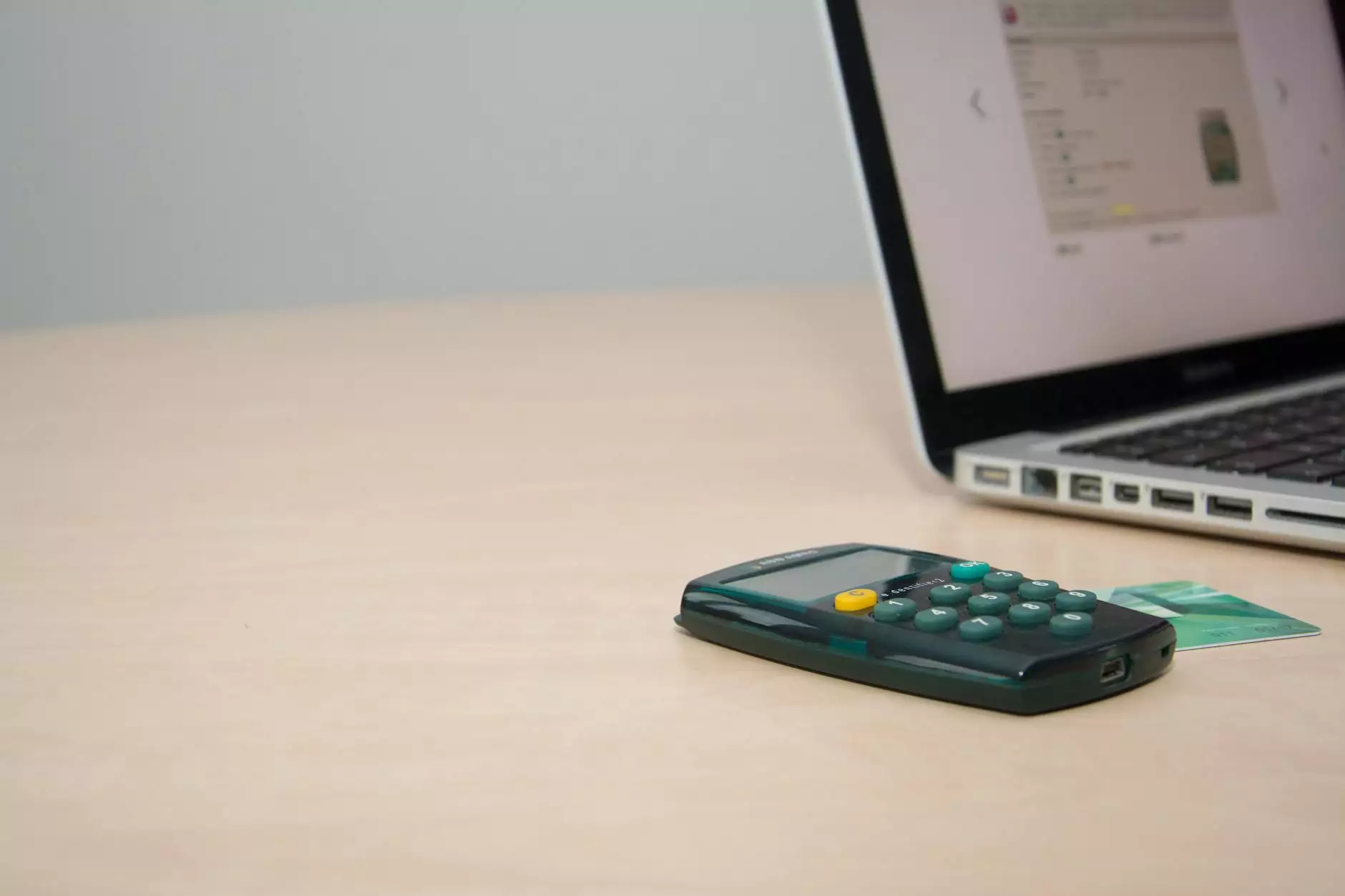What is Manual Printing? A Comprehensive Overview

In the constantly evolving world of printing, manual printing holds a significant place, characterized by its unique techniques and tangible results. Unlike digital printing, which has become increasingly popular in recent years, manual printing techniques involve a hands-on approach that requires skill, creativity, and precision. In this article, we will explore the various aspects of manual printing, including its definition, techniques, benefits, and applications.
1. The Definition of Manual Printing
At its core, manual printing refers to any printing process that involves direct human involvement and manual operation. This can include various traditional methods of printing that have been used for centuries. While the rise of automated printing technologies has made many of these techniques less common, they continue to be valued for their artistic appeal and the unique quality of their output.
2. Techniques of Manual Printing
There are several prominent techniques associated with manual printing. Each of these methods offers distinct characteristics and benefits. Here are some of the most popular manual printing techniques:
- Block Printing: This ancient method involves carving a design into a block of wood or linoleum, applying ink to the raised surface, and pressing it onto paper or fabric. Block printing is renowned for its bold, graphic quality and is often used for textiles and art prints.
- Screen Printing: Screen printing involves creating a stencil or screen for each color used in the design. Ink is then pushed through the screen onto the surface to be printed. This method is particularly popular for custom apparel and promotional items.
- Letterpress: This printing technique uses a press to apply pressure to inked metal type or plates, resulting in a debossed effect on the paper. Letterpress printing is favored for business cards, invitations, and fine art prints due to its tactile quality.
- Mono-Printing: Mono-printing is a form of printmaking where a single, unique print is made by applying ink onto a plate or surface and then transferring it to paper. This technique allows for creative spontaneity and is often used by artists for one-of-a-kind prints.
- Etching: In this technique, a design is incised into a metal plate with acid or a burin. The plate is then inked and pressed onto paper, creating a finely detailed print. Etching is considered a high-art printing technique and is used mainly for fine art prints.
3. Benefits of Manual Printing
While automated printing methods have numerous advantages, manual printing offers a set of benefits that are equally valuable:
3.1 Unique Artistic Expression
One of the most significant benefits of manual printing is the potential for unique artistic expression. Each piece produced can have slight variations, making it an original work of art rather than a mass-produced item. This quality attracts artists and designers who appreciate the individuality of handmade items.
3.2 Connection to Tradition
Manual printing techniques have deep roots in history. Participating in these traditional methods can provide a sense of connection to the past, as many of these practices have been passed down through generations. There’s a rich history behind each technique, which can add depth to the printed pieces.
3.3 Environmental Sustainability
Manual printing often utilizes eco-friendly inks and materials, making it a more sustainable choice compared to some digital printing methods that rely heavily on plastics and other synthetic materials. Artists and businesses are becoming increasingly aware of their environmental impact, and manual printing can offer a greener alternative.
4. Applications of Manual Printing
The applications of manual printing are vast, ranging from fine art to commercial uses. Here are some notable applications:
4.1 Fine Art Prints
Many modern artists still favor manual printing techniques for creating limited edition prints of their artwork. Techniques like etching and screen printing allow for a depth of character and texture that reproducing a digital image can’t match.
4.2 Custom Invitations and Stationery
The tactile nature of letterpress printing makes it a popular choice for wedding invitations, business cards, and stationery. The physical impression of the letters adds an element of sophistication and craftsmanship that can leave an impression on recipients.
4.3 Textiles and Fashion
Manual printing techniques such as block printing and screen printing are extensively used in the textile industry. Custom designs can be printed onto fabrics, allowing designers to create unique clothing lines and home decor items. This application is especially popular in artisanal fashion.
4.4 Promotional Materials
Businesses that want to leave a mark often turn to manual printing for their promotional materials. From custom tote bags to uniquely printed flyers, the distinct look of manually printed items can make marketing materials more appealing and memorable.
5. Challenges of Manual Printing
Despite its many benefits, manual printing is not without its challenges:
5.1 Time-Consuming Processes
Manual printing techniques often require significant time and effort, particularly for complex designs. This can make fulfilling large orders more challenging compared to automated methods.
5.2 Skill Requirement
Many manual printing methods require a certain level of skill and experience. Artists and printers often spend years mastering their craft to produce high-quality prints. This learning curve can be intimidating for newcomers.
5.3 Cost Implications
Manual printing can be more expensive than digital printing due to the materials, time, and skill required. It might not be feasible for all businesses, especially those looking for standard, low-cost solutions.
6. Why Choose Printitza for Your Manual Printing Needs?
If you are considering manual printing for your next project, Printitza offers a range of solutions that could meet your needs:
6.1 Expertise in Printing Services
With a commitment to quality, Printitza specializes in various printing services, including manual techniques. Our experienced team understands the intricacies of each method and can guide you in selecting the right one for your project.
6.2 Customization
At Printitza, we recognize that every client has unique requirements. Our manual printing services allow for a high degree of customization, ensuring that your printed materials truly reflect your vision.
6.3 Environmentally Conscious Practices
We prioritize sustainability in our printing processes. By using eco-friendly inks and recyclable materials, Printitza aims to reduce the environmental footprint of our printing services.
Conclusion
In conclusion, manual printing is a fascinating combination of artistry and technique that continues to thrive in the modern printing landscape. With its rich history, distinctiveness, and numerous applications, it remains a cherished practice among those who value quality and creativity. Whether you are an artist, a business owner, or simply a lover of printed art, understanding what manual printing is and how it can benefit you opens up a world of possibilities.
At Printitza, we are excited to be part of your journey in discovering the beauty of manual printing. If you're ready to explore custom printing solutions, feel free to reach out to us!
what is manual printing


